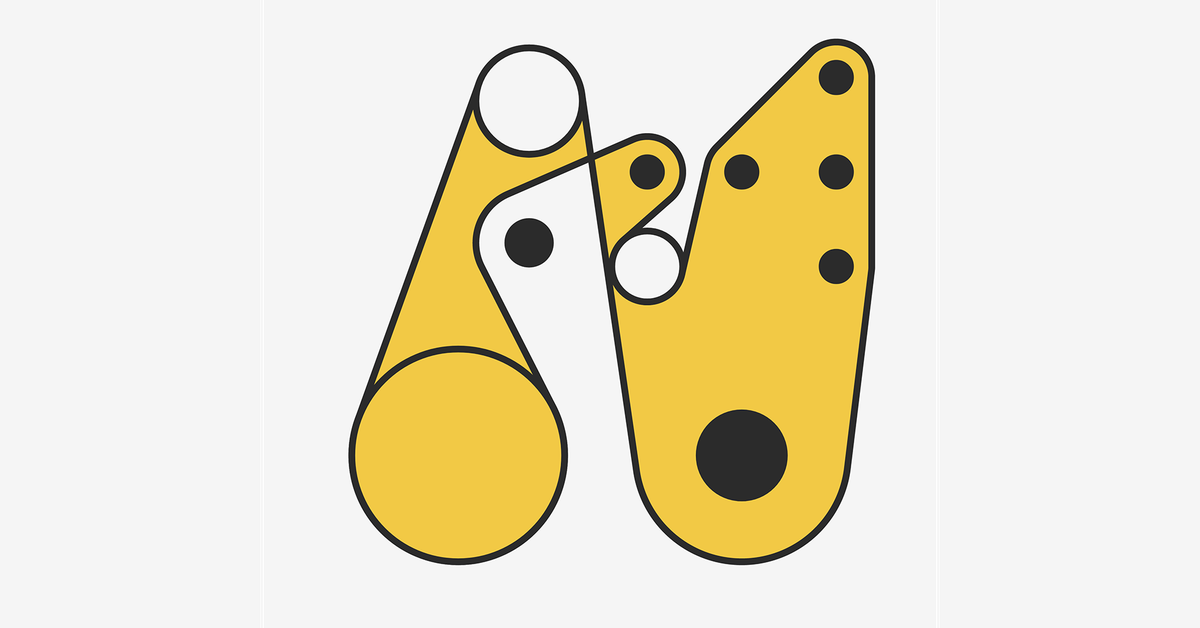Third party NFTs in games are the latest unethical twist from Web3 | Opinion

Say what you like about NFTs — and with the market around most of them currently in what can charitably be described as a catastrophic collapse, everyone else certainly says what they like — but the technology has, in its short and cruel time in the limelight, achieved at least one rather remarkable thing.
Never before have I seen a technology inspire game companies to try to announce that they absolutely will not use it; this industry is usually relentlessly neophilic and willing to give a try to just about any idea that comes down in technology, whether good, bad or indifferent, making the growing list of companies that have made statements publicly distancing themselves from NFTs to a particularly unusual event.
At a glance, this week’s statement from Minecraft creator and Microsoft subsidiary Mojang largely belongs in that category. However, it’s a bit more firmly worded than many other companies’ statements, taking the time to make specific arguments against the use of NFTs in Minecraft rather than just briefly reassuring players that there are no plans to implement them , as other companies have done.
Never before have I seen a technology inspire game companies to try to announce that they absolutely will not use it
Mojang’s statement repeatedly refers to NFTs as creating “scarcity and exclusion,” which clashes with the company’s vision for Minecraft, and dismisses the shift in focus to speculation and investment as detracting from the joy of actually playing the game. These aren’t new arguments — they’re the very criticisms that have been leveled widely at NFT business models and of the “pay to earn” concept more broadly since they first started being talked about in video game circles.
Mojang’s concern that NFTs introduce a “haves and have-nots” paradigm that is antithetical to their core game and community principles is well-founded and applies equally to games far beyond Minecraft.
In fact, the “haves and have-nots” paradigm is really the central promise of NFTs, whose advocates often breathlessly describe pure-seeking, profit-seeking behavior in a way that makes it very clear that they see this as a desirable feature, and not like the black hole of entertainment and enjoyment that it actually would be.
There is a very good reason behind Mojang’s decision to make such a strong statement and outline the core arguments against NFT integration so clearly, where other companies have generally shied away from such direct engagement in the debate. That’s because Mojang’s statement isn’t really about their own plans for Minecraft: it’s about the company’s intention to crack down on third parties that have built NFTs and NFT marketplaces on top of the Minecraft platform. This activity has left Mojang in something of a nightmare situation in this regard, with NFTs being created and integrated into the game despite the company not intending to do so themselves.
If a company chooses of their own free will to create NFTs based on their IP or connected to their games, that’s one thing. Most game companies seem to have either sworn off this altogether, or to have lost interest in the idea after a failed early experiment – the obvious exception at the moment being Square Enix, which this week decided to release some half-baked NFTs months after most of the rest of the world decided they were a crap idea. But hey, if a company decides to dip their foot into these stagnant, polluted waters of their own free will, that’s entirely up to them.
It’s a very different situation than waking up one morning to find that a third party has created NFT items and an NFT marketplace built on top of your game, taking advantage of the openness of the game, which was designed to encourage modders and content creators, not to serve as a breeding ground for self-proclaimed Web3 entrepreneurs.

Mojang’s concern that NFTs introduce a “haves and have-nots” paradigm that is antithetical to their core game and community principles is well-founded and applies equally to games far beyond Minecraft
The issue here is one of responsibility. If a company decides to engage in NFTs for its games, it implicitly takes responsibility for the idea – if the venture flops, if fans hate the idea, or if NFT buyers feel they’ve been cheated for some reason. , the blame lies solely and entirely with the company that built the game, integrated NFTs into it, and minted and sold tokens.
If a third party builds an unauthorized NFT system based on modding a game to support NFT skins or models—or even to use the platform as a springboard for more ambitious efforts, as some Minecraft NFT entrepreneurs have suggested— so the control and responsibility is taken from the creators of the game.
However, most players and observers will not make this crucial distinction between Minecraft and third-party, unauthorized Minecraft NFTs; Mojang would be left with no control, no input, no direct responsibility, and almost 100% of the blame if anything went wrong.
If a company chooses to create NFTs, that’s one thing. It’s a completely different situation than a third party creating an NFT marketplace on top of your game
The incentive for NFT creators to stick with a platform like Minecraft is obvious — in fact, the main NFT platform for Minecraft, an effort called NFT Worlds, has an entire page on its website explaining why it piggybacked its ideas onto Minecraft rather than building their own NFT game, which all boils down to the fact that Minecraft is popular, known and open, while building new games is expensive, risky and difficult.
Given the enormous problems most other attempts at building NFT games have encountered, it’s perhaps not surprising that someone would come up with the idea of simply sticking NFTs in other people’s popular games; given the wild west nature of the NFT space, it’s certainly no shock that no one involved seems to have questioned whether this was a highly ethical thing to do.
Minecraft is arguably the perfect storm for this kind of effort – it’s a hugely popular game whose openness in terms of being easy to modify or add content to is a big part of its appeal for certain segments of the audience. No other game of comparable popularity has comparable transparency – but that doesn’t mean that other games out there won’t face similar challenges from over-enthusiastic or simply unscrupulous NFT entrepreneurs.
Building an NFT ecosystem on top of the bones of an existing, easily moddable game is relatively low-hanging fruit for those who are convinced that monetizing NFTs for video games is bliss, especially now that the difficulty of building a half-decent game from scratch has become clear to most of them (strange, isn’t it, how that minor fact escaped so many evangelists posing as video game experts when explaining how NFTs would be the holy grail for all sorts of imaginary problems with existing games) .
With Minecraft now likely to aggressively police such behavior, attention will turn elsewhere and other game companies may find themselves having to take a strong line on this issue rather than just staying out of the NFT fray altogether.
Any company with an open source or modder-friendly game out there – even an old game, given the recent resurgence in popularity of new mods built on classic games – will want to look into the question of the terms and whether they allow this type of activity; so that you don’t find yourself responsible for an NFT business you never wanted a part of in the first place.

























